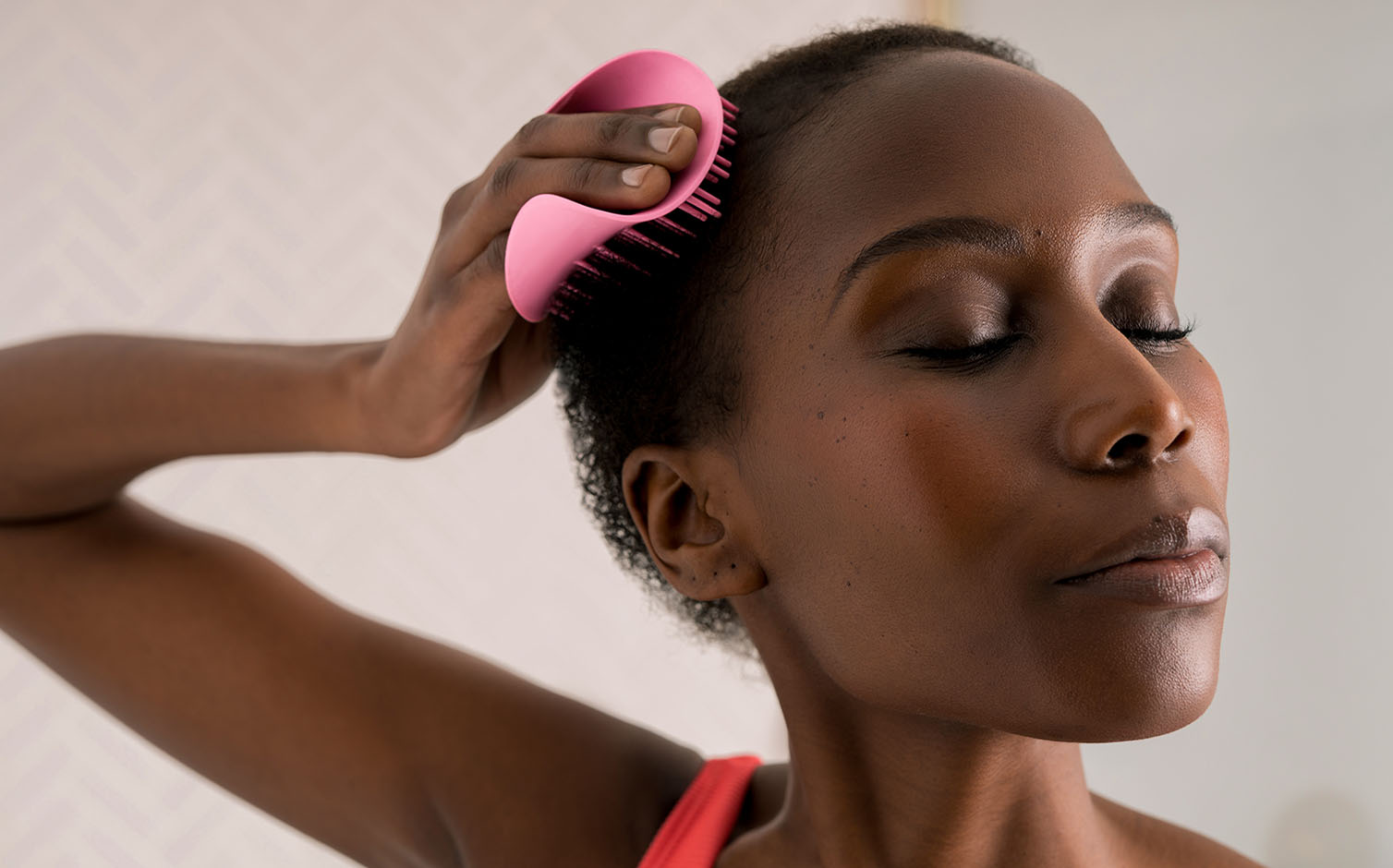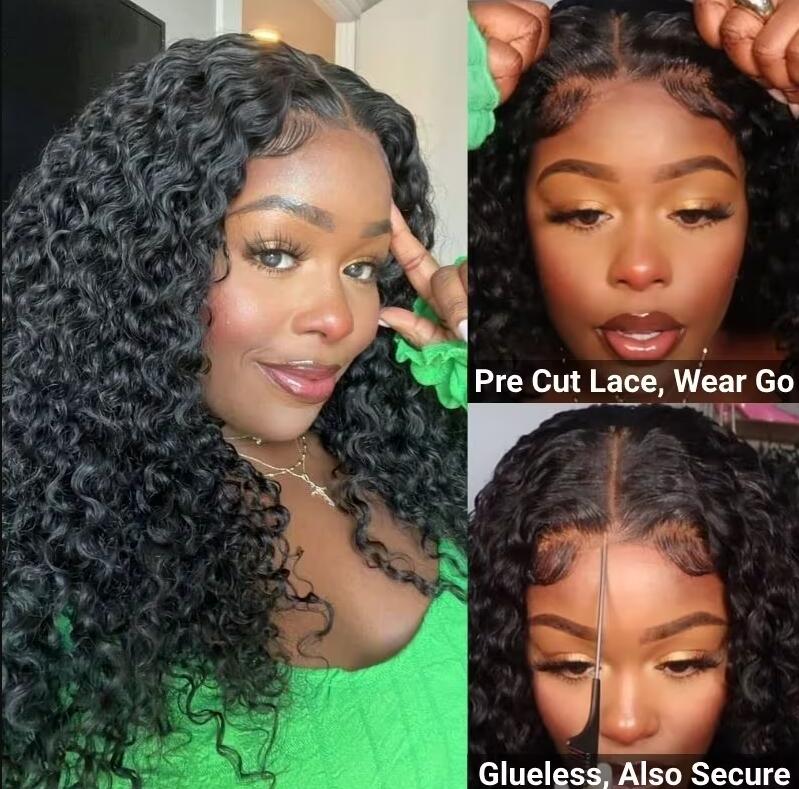Is your hairline starting to recede? Dealing with any form of hair loss or thinning can be frustrating and annoying. There are many reasons for a receding hairline. Genetics, overall health, hormones, diet, medications, and styling habits all contribute. This article tells you the main causes of receding hairline and provides effective solutions to help you get rid of receding hairline.
What cause your hairline hair loss?
Hairstyles that cause scalp tension
You may think that breakage is the main cause of thinning hairlines, but stress is actually what disrupts the natural hair cycle and causes hair to stop growing. Pressure or pressure on your scalp can come from your everyday hair style. Tight braids, extended braids, high ponytails or locks are some examples. Hairstyles that tighten the scalp too much can cause hair follicles to become inflamed. Over time, too much tugging can not only cause the hair to fall out, but it can also damage the hair follicles, leading to permanent hair loss, also known as traction alopecia. Once a hair follicle is damaged, hair cannot grow back. Apparently, stress can affect the hairline.
Use too many heat tools
Excessive use of heat tools can dry out your hair, which can eventually lead to breakage and fallout. Heating tools like blow dryers, straighteners, curling irons, and hot curling irons can put too much heat on your hair that it can't handle. High heat can strip hair of its natural moisture, especially when irons and rollers are in direct contact with dry hair. Using tools that are too hot can directly or indirectly cause your hairline to recede.
Scalp infection
You may not wash your hair regularly or sleep with wet hair for various reasons, which is extremely unhealthy and uncomfortable. Because moisture combined with your body heat, oil and dead skin cells can create the perfect conditions for mold and bacteria and bacterial overgrowth, which is bad for your health and hair growth.
How to protect your hairline?
Wash your hair regularly
The key to maintaining healthy hair is keeping it clean. But don't over wash. How often you wash your hair depends on your lifestyle and how sweaty or hot your scalp is throughout the day.
Balanced diet
A balanced diet is essential. A balanced diet can help keep your natural hair strong and shiny, and protect your real hair from falling out. A balanced diet can provide you with the amounts of certain nutrients your natural hair needs.
Massage the scalp
Massaging the scalp can help relieve restricted blood flow. Scalp massage promotes healthy blood flow and promotes natural hair growth. We recommend regular scalp massages. Hair oil or conditioner will be a good helper to protect your delicate baby hair. Castor oil is said to moisturize a dry scalp, increase blood circulation, promote new hair growth and strengthen the roots. Apply a little oil to fingertips and massage into entire scalp area for five minutes.

Protect the hairline when wearing a wig
Wearing a wig can help protect your hair from overdoing it, or allow you to style it differently without compromising the health of your natural hair.
But if you wear a wig that's too small, or if you pull the wig's adjustable straps too tightly, the wig can damage your hairline. So be sure to wear a wig that fits the size of your head. You can measure the circumference of your head, or have your wig custom made to fit you perfectly.
It is also important to rest when wearing a wig to protect the hairline under the wig. You can wear a wig every other week. Alternate using your own hair and a wig.

Sleep on a silk pillowcase
Hair care doesn't stop even while you sleep. You also need to prepare a silk pillowcase when you sleep, or wear a silk hat or scarf to sleep to keep your natural hair moist and protect it from additional damage and friction.









Submit Comment